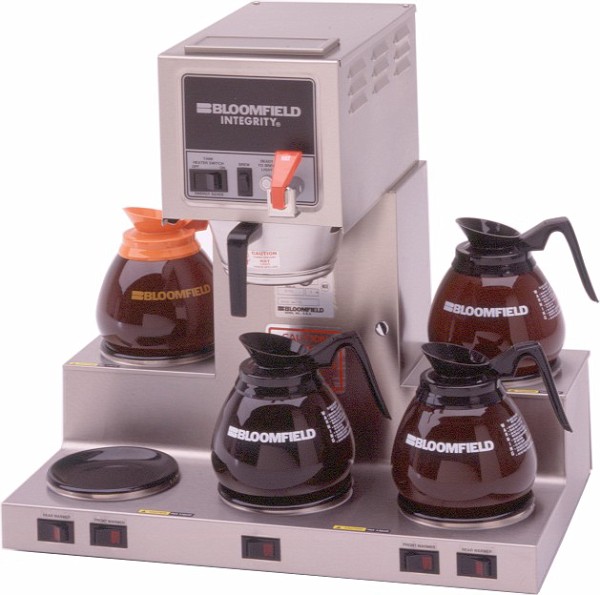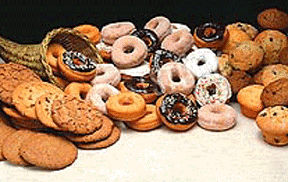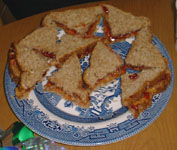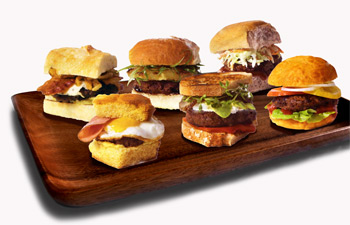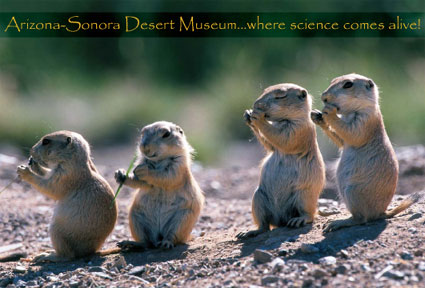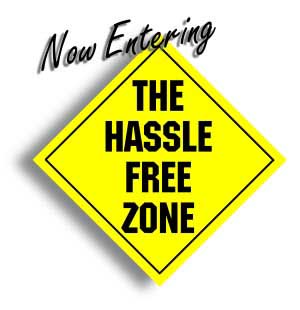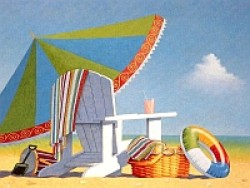|
The Navajo Code Talkers received no recognition until the declassification of the operation in 1968. In 1982, the code talkers were given a Certificate of Recognition by President Ronald Reagan, who also named August 14 "National Code Talkers Day." 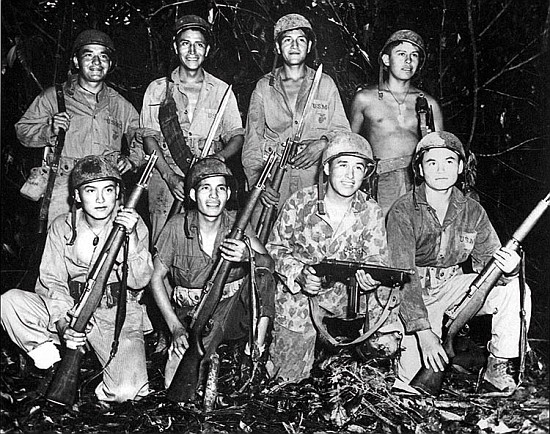
During World War II (1939-1945), the U.S. Marines trained Navajo soldiers as code talkers. During military campaigns in the Pacific, the Navajo soldiers relayed secret messages about troop movements and enemy locations in the Navajo language. Because of the complexity of the language, the Japanese were never able to decipher the code. In this photograph, two Navajo Indians, Corporal Henry Bake, Jr., left, and Private First Class George H. Kirk, operate a portable radio set in a clearing they created in the dense jungle close to the front lines. 
The idea to use Navajo for secure communications came from Philip Johnston, the son of a missionary to the Navajos and one of the few non-Navajos who spoke their language fluently. Johnston, reared on the Navajo reservation, was a World War I veteran who knew of the military's search for a code that would withstand all attempts to decipher it. He also knew that Native American languages--notably Choctaw--had been used in World War I to encode messages. 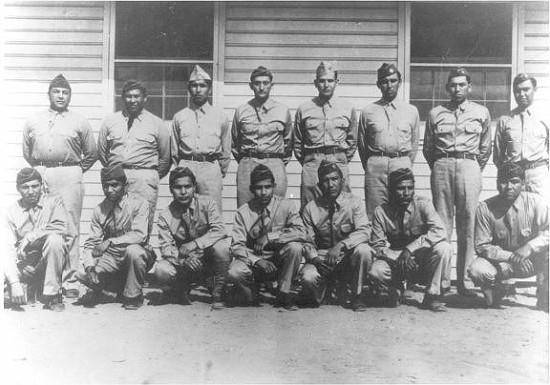
Johnston believed Navajo answered the military requirement for an undecipherable code because Navajo is an unwritten language of extreme complexity. Its syntax and tonal qualities, not to mention dialects, make it unintelligible to anyone without extensive exposure and training. 
It has no alphabet or symbols, and is spoken only on the Navajo lands of the American Southwest. One estimate indicates that less than 30 non-Navajos could understand the language at the outbreak of World War II. 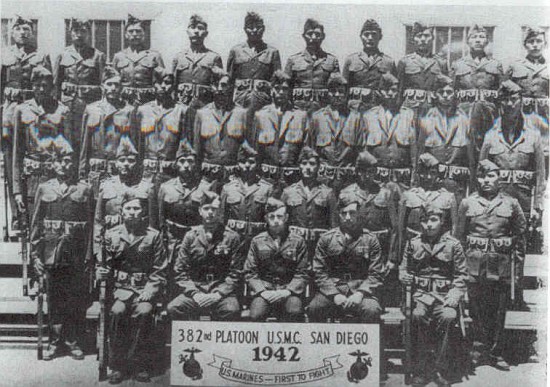
In May 1942, the first 29 Navajo recruits attended boot camp. Then, at Camp Pendleton, Oceanside, California, this first group created the Navajo code. They developed a dictionary and numerous words for military terms. The dictionary and all code words had to be memorized during training. 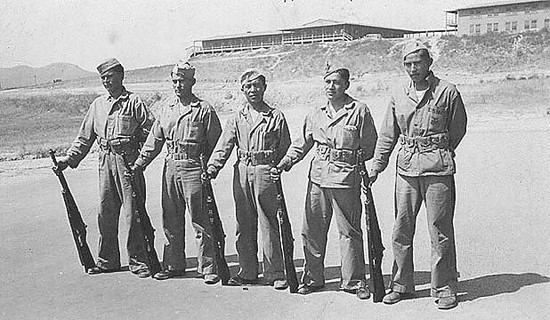

Once a Navajo code talker completed his training, he was sent to a Marine unit deployed in the Pacific theater. The code talkers' primary job was to talk, transmitting information on tactics and troop movements, orders and other vital battlefield communications over telephones and radios. They also acted as messengers, and performed general Marine duties.
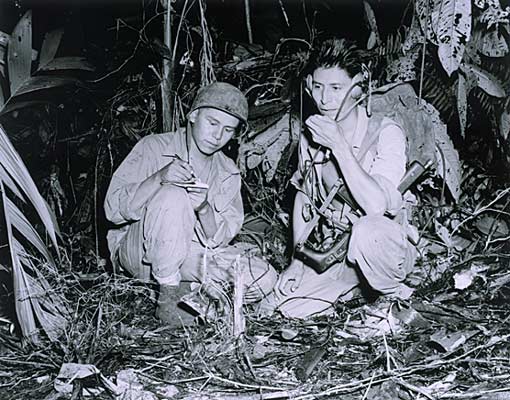
Praise for their skill, speed and accuracy accrued throughout the war. At Iwo Jima, Major Howard Connor, 5th Marine Division signal officer, declared, "Were it not for the Navajos, the Marines would never have taken Iwo Jima." Connor had six Navajo code talkers working around the clock during the first two days of the battle. Those six sent and received over 800 messages, all without error.
The Japanese, who were skilled code breakers, remained baffled by the Navajo language. The Japanese chief of intelligence, Lieutenant General Seizo Arisue, said that while they were able to decipher the codes used by the U.S. Army and Army Air Corps, they never cracked the code used by the Marines. 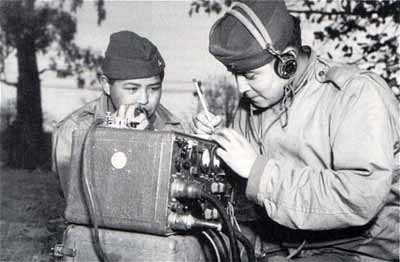
The Navajo code talkers even stymied a Navajo soldier taken prisoner at Bataan. (About 20 Navajos served in the U.S. Army in the Philippines.) The Navajo soldier, forced to listen to the jumbled words of talker transmissions, said to a code talker after the war, "I never figured out what you guys who got me into all that trouble were saying." 
Long unrecognized because of the continued value of their language as a security classified code, the Navajo code talkers of World War II were honored for their contributions to defense on Sept. 17, 1992, at the Pentagon, Washington, D.C. 
Thirty-five code talkers, all veterans of the U.S. Marine Corps, attended the dedication of the Navajo code talker exhibit. The exhibit includes a display of photographs, equipment and the original code, along with an explanation of how the code worked.
Dedication ceremonies included speeches by the then-Deputy Secretary of Defense Donald Atwood, U.S. Senator John McCain of Arizona and Navajo President Peterson Zah. The Navajo veterans and their families traveled to the ceremony from their homes on the Navajo Reservation, which includes parts of Arizona, New Mexico and Utah.
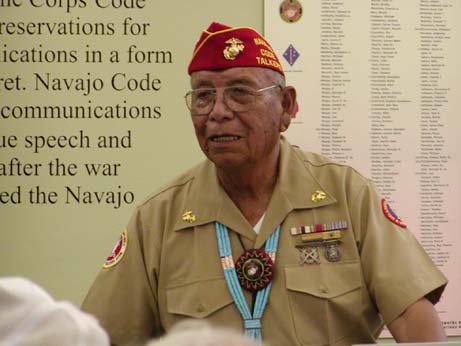
The Navajo code talker exhibit is a regular stop on the Pentagon tour.
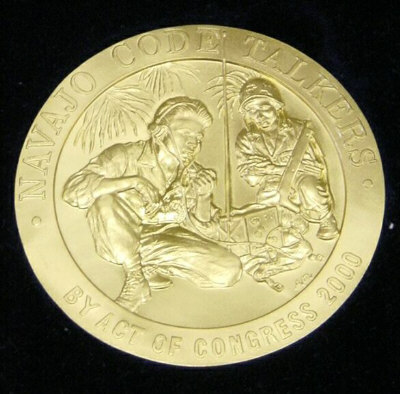
In a ceremony in the Capitol on July 26, 2001, the original twenty-nine Navajo "code talkers" received the Congressional Gold Medal, and subsequent code talkers received the Congressional Silver Medal. 
FR CANTEEN MISSION STATEMENT~Showing support and boosting the morale of our military and our allies military and the family members of the above. Honoring those who have served before.
Please remember: The Canteen is a place to honor and entertain our troops. The Canteen is family friendly. Let's have fun! We pray for your continued strength, to be strong in the face of adversity. We pray for your safety, that you will return to your families and friends soon. We pray that your hope, courage, and dignity remain unbroken, so that you may show others the way. God Bless You All ~ Today, Tomorrow and Always |




































